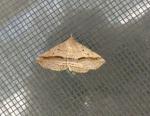
| Recorded by: F. Williams, S. Williams on 2024-08-14
Gates Co.
Comment: | 
| Recorded by: Stephen Dunn on 2024-08-07
Orange Co.
Comment: |

| Recorded by: Simpson Eason on 2024-07-22
Durham Co.
Comment: | 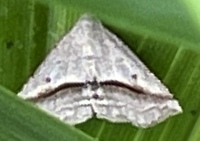
| Recorded by: Stephen Dunn on 2024-05-08
Orange Co.
Comment: |
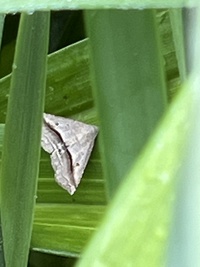
| Recorded by: Stephen Dunn on 2024-05-08
Orange Co.
Comment: | 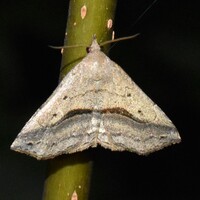
| Recorded by: David George, Jeff Niznik on 2023-08-14
Orange Co.
Comment: |
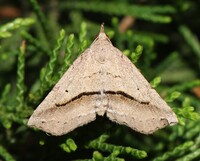
| Recorded by: Rob Van Epps on 2023-06-12
Mecklenburg Co.
Comment: | 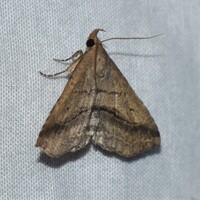
| Recorded by: Jeff Niznik on 2022-06-30
Chatham Co.
Comment: |

| Recorded by: Jeff Niznik on 2022-05-17
Chatham Co.
Comment: | 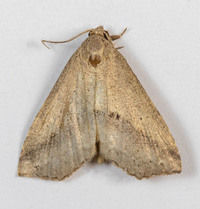
| Recorded by: Stephen Hall on 2022-05-03
Durham Co.
Comment: |
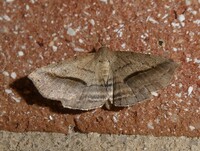
| Recorded by: Simpson Eason on 2021-08-17
Durham Co.
Comment: | 
| Recorded by: Simpson Eason on 2020-08-08
Durham Co.
Comment: |
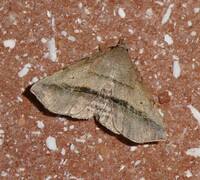
| Recorded by: Simpson Eason on 2020-08-03
Durham Co.
Comment: | 
| Recorded by: Owen McConnell on 2020-05-25
Durham Co.
Comment: |

| Recorded by: F. Williams, S. Williams on 2018-09-21
Gates Co.
Comment: | 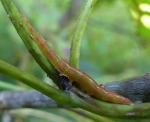
| Recorded by: F. Williams, S. Williams on 2018-09-21
Gates Co.
Comment: |

| Recorded by: Lenny Lampel on 2015-08-13
Mecklenburg Co.
Comment: | 
| Recorded by: Paul Scharf, B. Bockhahn, L. Amos on 2015-05-12
Warren Co.
Comment: |
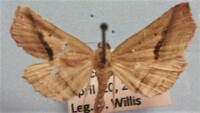
| Recorded by: Darryl Willis on 2013-04-06
Cabarrus Co.
Comment: |

 »
»




 »
»


